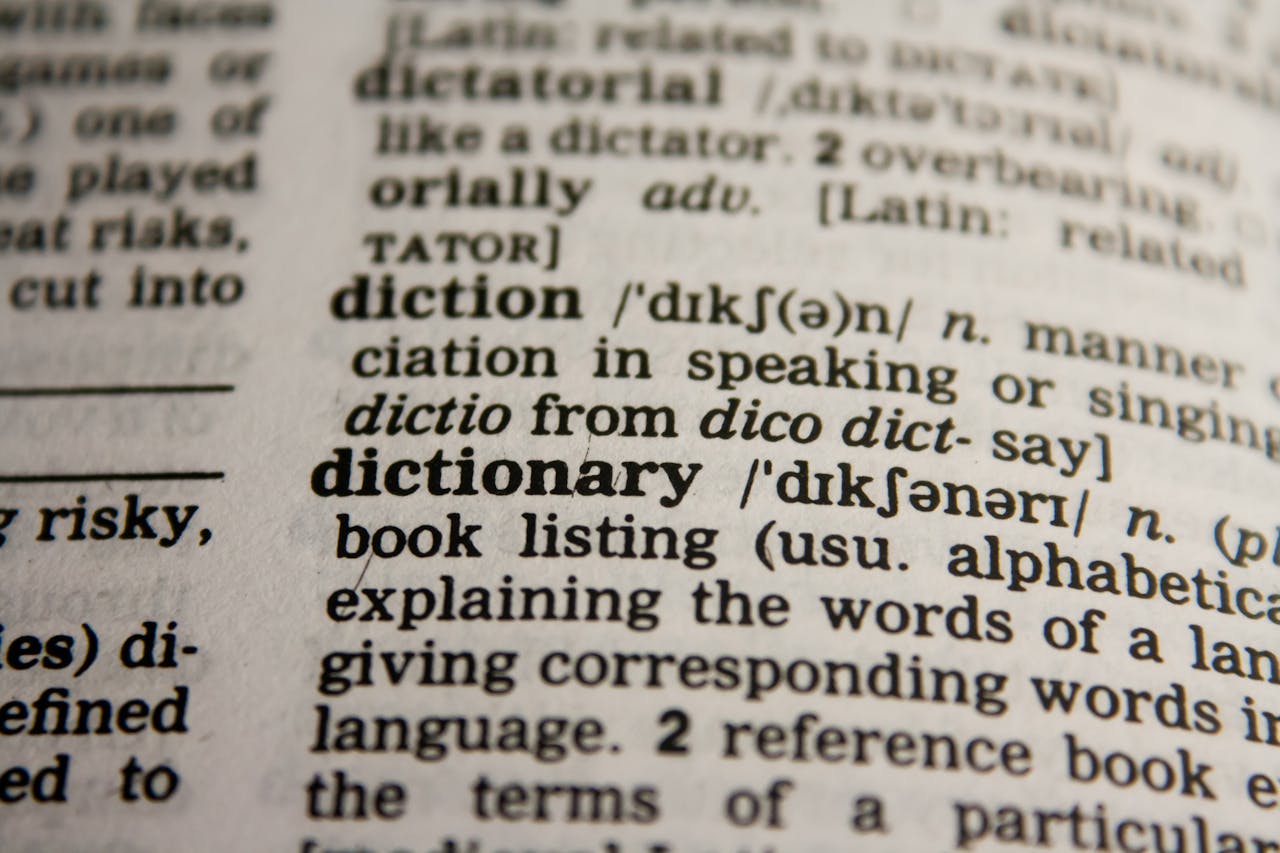Natural Language Processing (NLP) is a fascinating branch of artificial intelligence (AI) that enables computers to understand, interpret, and respond to human language in a way that feels natural. It’s the technology behind your voice assistants, chatbots, and even the auto-correct feature on your phone. At its core, NLP bridges the gap between how humans communicate—through messy, nuanced, and context-rich language—and the structured, logical world of machines.
So, how does it work? NLP combines linguistics, computer science, and machine learning to break down and analyze language. Imagine you’re talking to a friend: you don’t just hear words—you pick up tone, context, and intent. NLP aims to do the same. It processes text or speech by tokenizing (splitting sentences into words), parsing grammar, and extracting meaning. For example, when you ask Siri, “What’s the weather like today?” NLP recognizes “weather” as the key topic, “today” as the time frame, and frames it as a question needing a response.
One of NLP’s superpowers is its ability to handle ambiguity. Take the sentence, “I saw a bat.” Did you see a flying mammal or a baseball bat? Humans use context to decide; NLP uses algorithms and training data to guess. Machine learning models are trained on massive datasets—think books, websites, and conversations—to predict patterns and meanings.
Real-world examples are everywhere. Google Translate uses NLP to convert English to Spanish, preserving meaning across languages. Spam filters in your email? They’re NLP at work, spotting suspicious phrases. Even Netflix’s recommendations partly rely on NLP to analyze reviews and descriptions, figuring out what you might like.
But NLP isn’t perfect. Sarcasm, slang, and cultural quirks can trip it up. If you say, “This movie’s the bomb,” an early NLP system might panic, thinking explosives are involved! Modern systems, though, are getting smarter, thanks to advances like transformers—complex models that weigh word relationships in a sentence.
Why does NLP matter? It’s transforming how we interact with tech, making it more human-centric. From helping doctors sift through medical records to powering customer service bots, NLP is a quiet revolution. Next time you chat with an AI or dictate a text, you’re witnessing NLP in action—turning your words into something a machine can understand.


